HVAC short cycling happens when a system turns on and off too frequently, reducing efficiency and increasing wear. Common causes include clogged filters, thermostat issues, refrigerant leaks, or oversized units, and fixing them ensures better performance and lower energy costs.
Short cycling can be caused by improper system sizing, clogged filters, thermostat issues, or low refrigerant levels. Identifying and fixing the root cause is essential for maintaining energy efficiency and prolonging HVAC system lifespan.
What Is HVAC Short Cycling?
Short cycling occurs when an HVAC system shuts off before reaching the desired temperature, forcing it to restart repeatedly. This frequent on-off pattern puts stress on the system and reduces efficiency.
Signs Your HVAC System Is Short Cycling
- The system turns on and off every few minutes.
- Uneven temperatures or hot and cold spots in different rooms.
- Higher energy bills due to increased power consumption.
- The HVAC unit makes clicking or buzzing noises before shutting off.
- Excessive humidity indoors, as the AC doesn’t run long enough to remove moisture.
Common Causes of HVAC Short Cycling
Oversized HVAC System
- If your HVAC system is too large for your home, it cools or heats the space too quickly, causing frequent shutdowns.
- Short cycling prevents the air from fully circulating, leading to uneven temperatures.
A Manual J load calculation can determine the correct HVAC size. If your system is oversized, replacing it with a properly sized unit is the best fix.
Malfunctioning or Poorly Placed Thermostat
- A thermostat placed near heat sources (windows, appliances, or vents) can misread temperatures, causing short cycling.
- Wiring issues or a faulty thermostat can also send incorrect signals to the HVAC system.
Move the thermostat to a central location and consider upgrading to a smart thermostat for more precise temperature control.
Clogged or Dirty Air Filters
- A dirty air filter restricts airflow, causing the system to overheat and shut off prematurely.
- Blocked filters reduce efficiency and increase energy consumption.
Replace air filters every 1-3 months to maintain airflow and prevent short cycling.
Low Refrigerant Levels
- Refrigerant is essential for cooling the air inside your HVAC system. Low levels cause the system to work harder, leading to overheating and frequent shutdowns.
- Refrigerant leaks can damage the compressor and reduce cooling efficiency.
Check for refrigerant leaks and have a professional recharge the system if needed.
Frozen Evaporator Coils
- If your AC runs too often or has poor airflow, evaporator coils can freeze, preventing the system from operating efficiently.
- Frozen coils force the system to shut down frequently to prevent damage.
Turn off the system and allow coils to thaw. Check for dirty filters or blocked vents that may be causing restricted airflow.
Electrical Issues and Faulty Components
- Wiring problems, bad capacitors, or defective relays can cause short cycling.
- A malfunctioning compressor or circuit board can also lead to repeated shutdowns.
Have an HVAC technician inspect electrical components and replace any faulty parts.
Blocked Condensate Drain
- A clogged condensate drain triggers the system’s automatic shutoff, leading to short cycling.
- Excess moisture buildup can cause mold growth and humidity issues.
Clean the drain line regularly to prevent blockages.
Leaky or Poorly Installed Ductwork
- Air leaks in ductwork cause uneven airflow, making the system work harder to maintain temperature.
- Poor duct insulation wastes energy and increases wear on HVAC components.
Seal duct leaks and ensure proper insulation to improve efficiency.
How to Fix HVAC Short Cycling
Check and Replace Air Filters
- Inspect filters every 1-3 months and replace them as needed.
- Use MERV 11 or higher filters for better airflow and air quality.
Inspect the Thermostat
- Ensure it’s not placed near heat sources or in direct sunlight.
- Upgrade to a smart thermostat for better control and scheduling.
Schedule a Professional System Tune-Up
- A technician can check for refrigerant leaks, inspect wiring, and clean evaporator coils.
- Regular maintenance helps detect issues early before they lead to major repairs.
Monitor and Adjust HVAC Sizing
- If your system is too large or too small, a professional load calculation can help determine the right unit size.
- Consider zoned HVAC systems or variable-speed blowers for more even heating and cooling.
Keep Condensate Drains Clean
- Flush the drain line every few months to prevent clogs and excess moisture.
- Use a vinegar or bleach solution to remove buildup.
Address Refrigerant Issues
- Low refrigerant requires professional repair.
- Regular system checks help prevent leaks and maintain efficiency.
Preventing HVAC Short Cycling in the Future
Schedule Regular Maintenance
- Have your HVAC system inspected twice a year to ensure all components are working properly.
- Clean or replace filters, coils, and ductwork to maintain efficiency.
Ensure Proper Airflow
- Keep vents unblocked and open to maintain consistent airflow.
- Check for leaky ducts that may cause uneven temperature distribution.
Upgrade Outdated Systems
- If your HVAC system is more than 10-15 years old, replacing it with a modern, energy-efficient model can help prevent short cycling.
- Consider variable-speed HVAC units for more controlled airflow.
Final Thoughts
HVAC short cycling is a serious issue that can lead to high energy bills, system breakdowns, and reduced home comfort. Identifying the cause—whether it’s clogged filters, thermostat issues, refrigerant leaks, or electrical problems—is key to resolving the problem.










